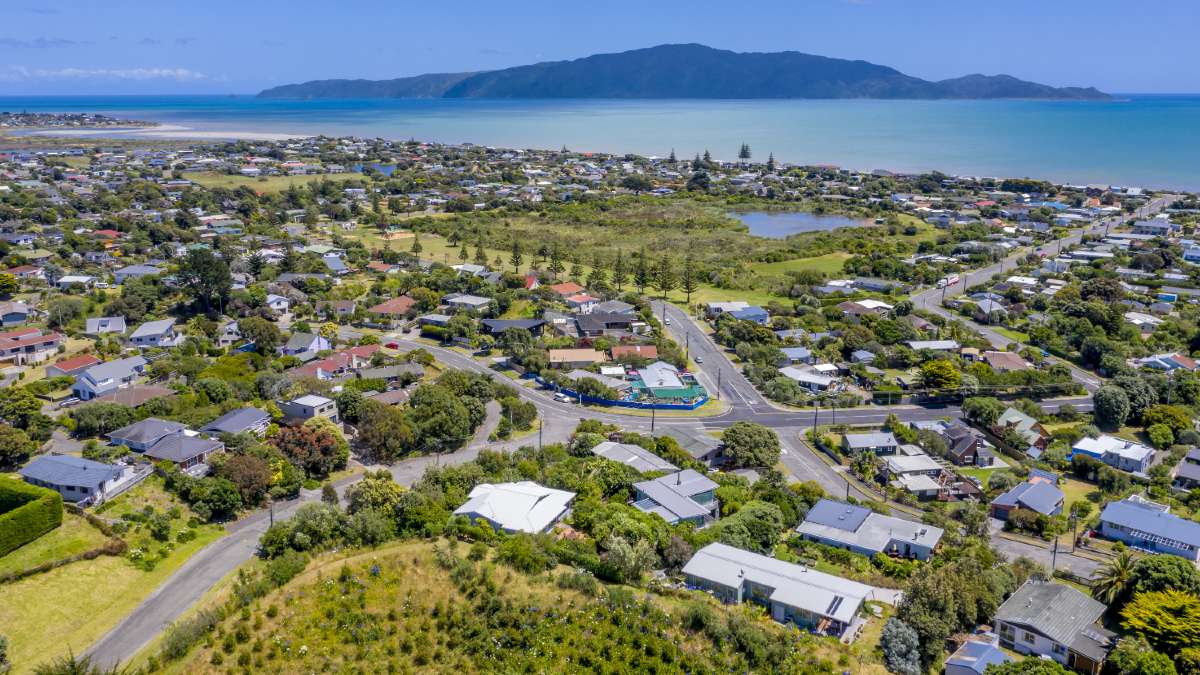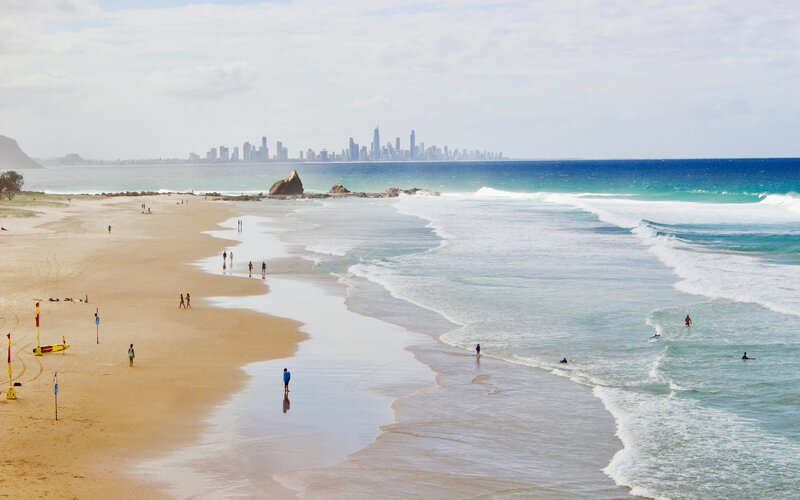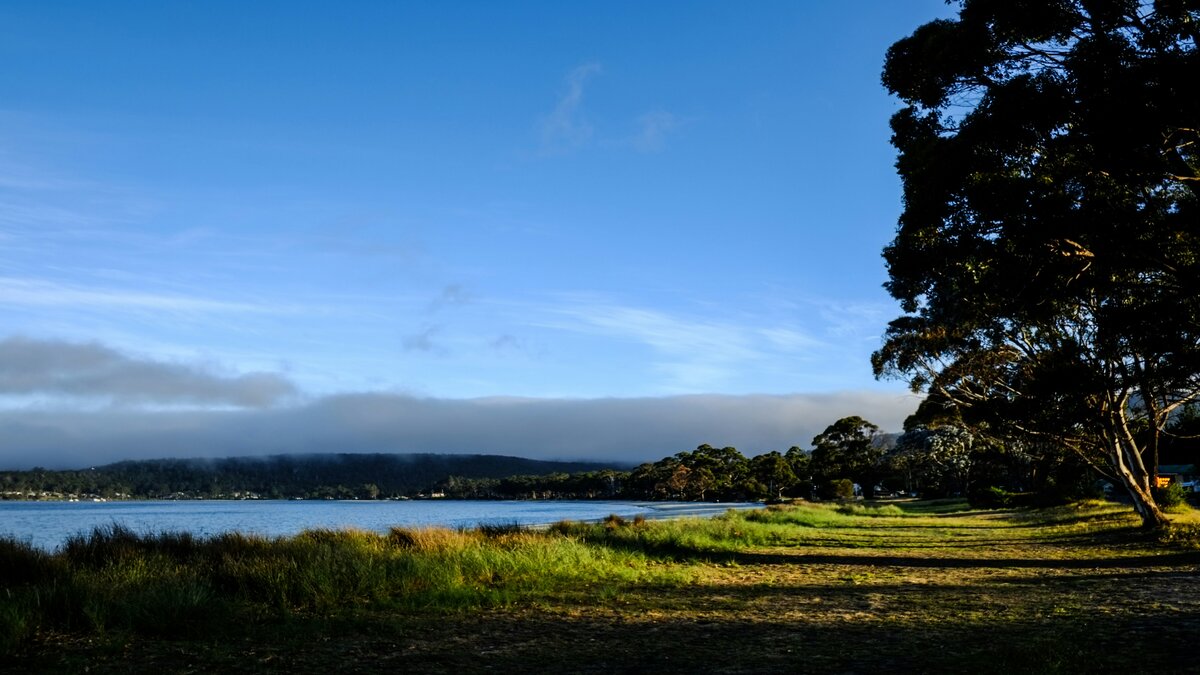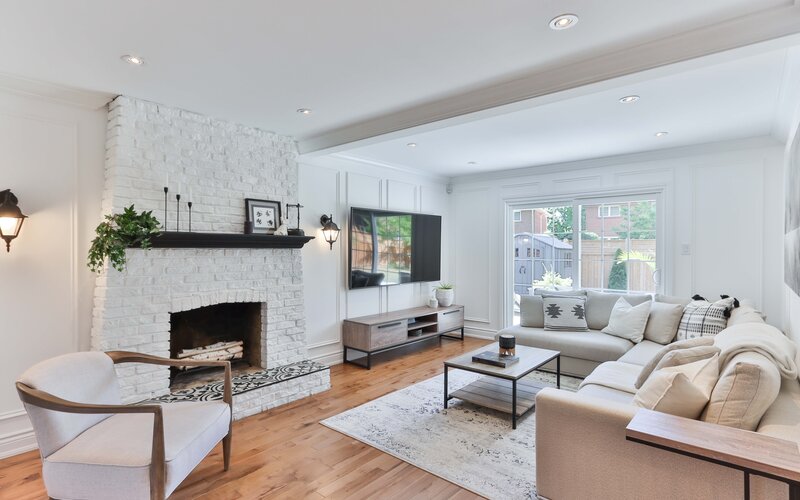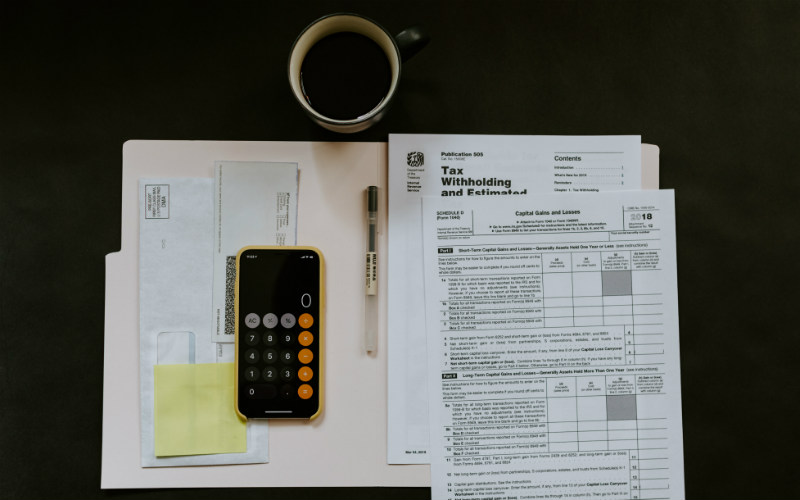Housing affordability has been a key issue for home buyers over the past two years, and while the spotlight was once only on house prices, the conversation shifted towards renting.
Vacancy rates hit a 16-year low in February, which pundits have called a rental crisis- rent rises have also been the strongest recorded since the 1970s according to SQM Research.
The market is is expected to only get tighter - property experts such as Propertyology's head of research Simon Pressley have anticipated that rents could increase by $5,000 or more this year across the country.
Prices rise, yields fall
Rental yields - or the amount of income investors receive from their rental property - have fallen across the country over the past 12 months according to PRD.
Specifically, gross house rental yields have fallen in most of Sydney, Melbourne, Brisbane and Hobart.
The same goes for gross unit rental yields - the only exceptions being Brisbane's inner ring (up to five kilometres from the CBD), Brisbane's outer ring, and Sydney's outer ring.
According to PRD's Dr Diaswati Mardiasmo, the reason for this is simple: median property price growth has outpaced median rental price growth.
"For example, the annual median house sale price growth in the Sydney inner ring (0-5km from Sydney CBD) was 35.5%. However, the median house rental price growth was 2.4%," Dr Mardismo said.
Essentially, housing values have risen so significantly that rental prices cannot keep up despite rents growing at the fastest pace since 2008.
"In the areas where rental yields have fallen... there is an imbalance between stock for sale and the number of buyers," Dr Mardiasmo said.
"Many areas are undersupplied, causing the median house sale price to increase exponentially."
With this in mind, she said it's important to remember that each market within Australia is unique - even if there are similar trends.
"This is due to local supply and demand balance, local economic structure, demographic make-up, and future developments planned for the area," Dr Mardiasmo said.
"Because of this, an investor needs to dissect each market to get a holistic set of information prior to making a decision."
See Also: Top 20 Undersupplied Suburbs
What does the future hold for investors?
While this may all sound like doom and gloom, Dr Mardiasmo said falling rental yield isn't necessarily a bad thing for investors.
This is especially true if the median rental price growth is high, vacancy rates are low, days on market (for rent) is a declining trend, and there is future development projects planned for the area.
"Investors rely mostly on two key indicators in their decision making before purchase: rental yield and vacancy rates," Dr Mardiasmo said.
"Investors, in general, choose areas with a high and/or increasing rental yield and low or declining vacancy rates. Together this makes an ideal investment environment."
Dr Mardiasmo said the 'major' source of uncertainty for the near future is the upcoming federal budget and election.
"These two events may change the course for investors, as there might be policy changes that impact taxation, deduction, and purchasing capabilities," Dr Mardiasmo said.
"Any potential changes in negative gearing will create uncertainty and lower investor confidence."
She said that available stock is still low throughout Australia and with the relaxation of interstate and international migration, further imbalance between supply and demand is imminent.
"This rings true in both the sales and rental market, and this fundamental issue will not be solved by either March or May," Dr Mardiasmo said.
Image by Tom Rumble on Unsplash

Ready, Set, Buy!
Learn everything you need to know about buying property – from choosing the right property and home loan, to the purchasing process, tips to save money and more!
With bonus Q&A sheet and Crossword!


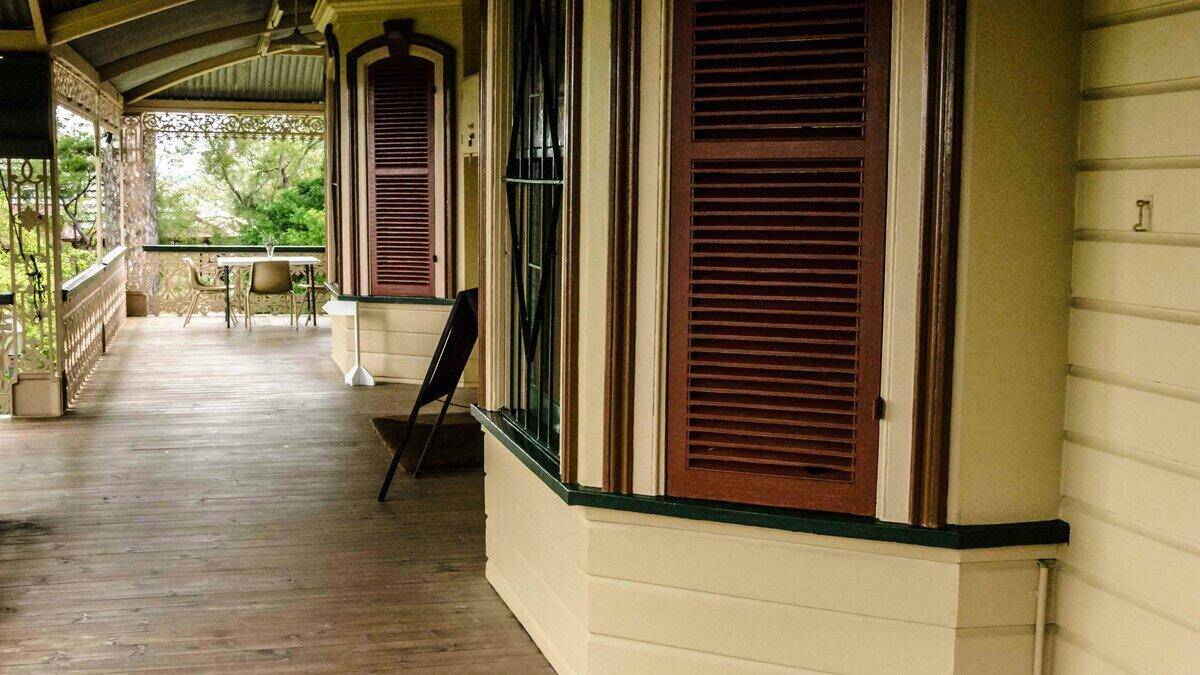
 Harry O'Sullivan
Harry O'Sullivan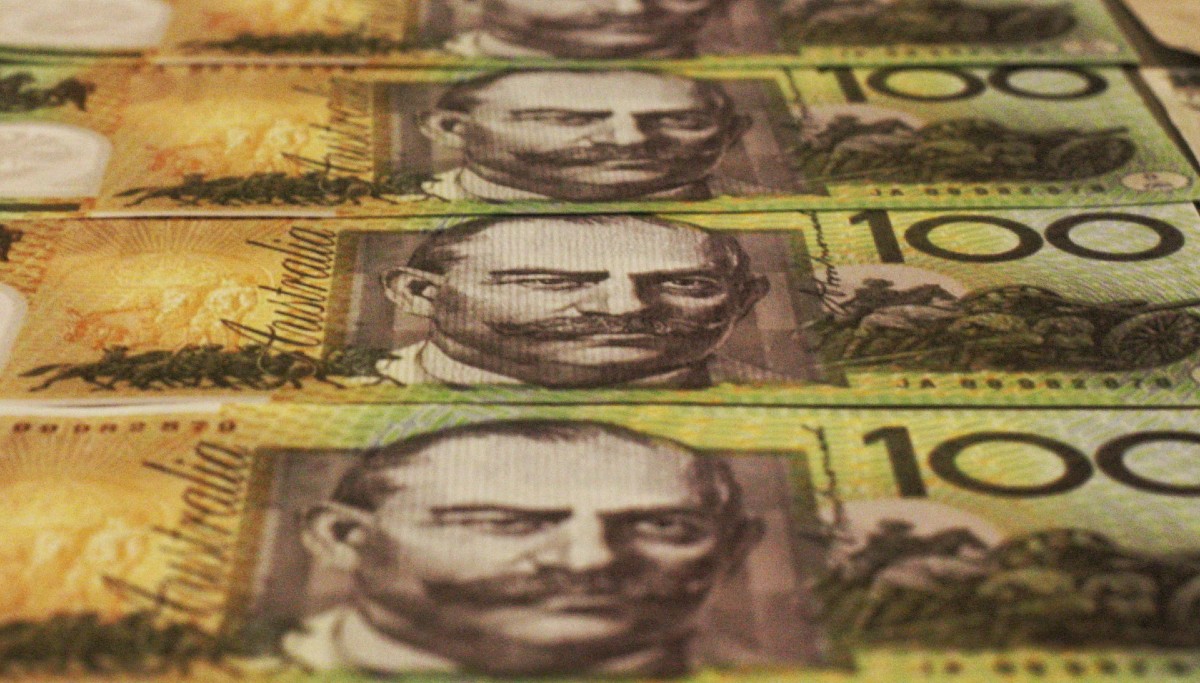
 Denise Raward
Denise Raward